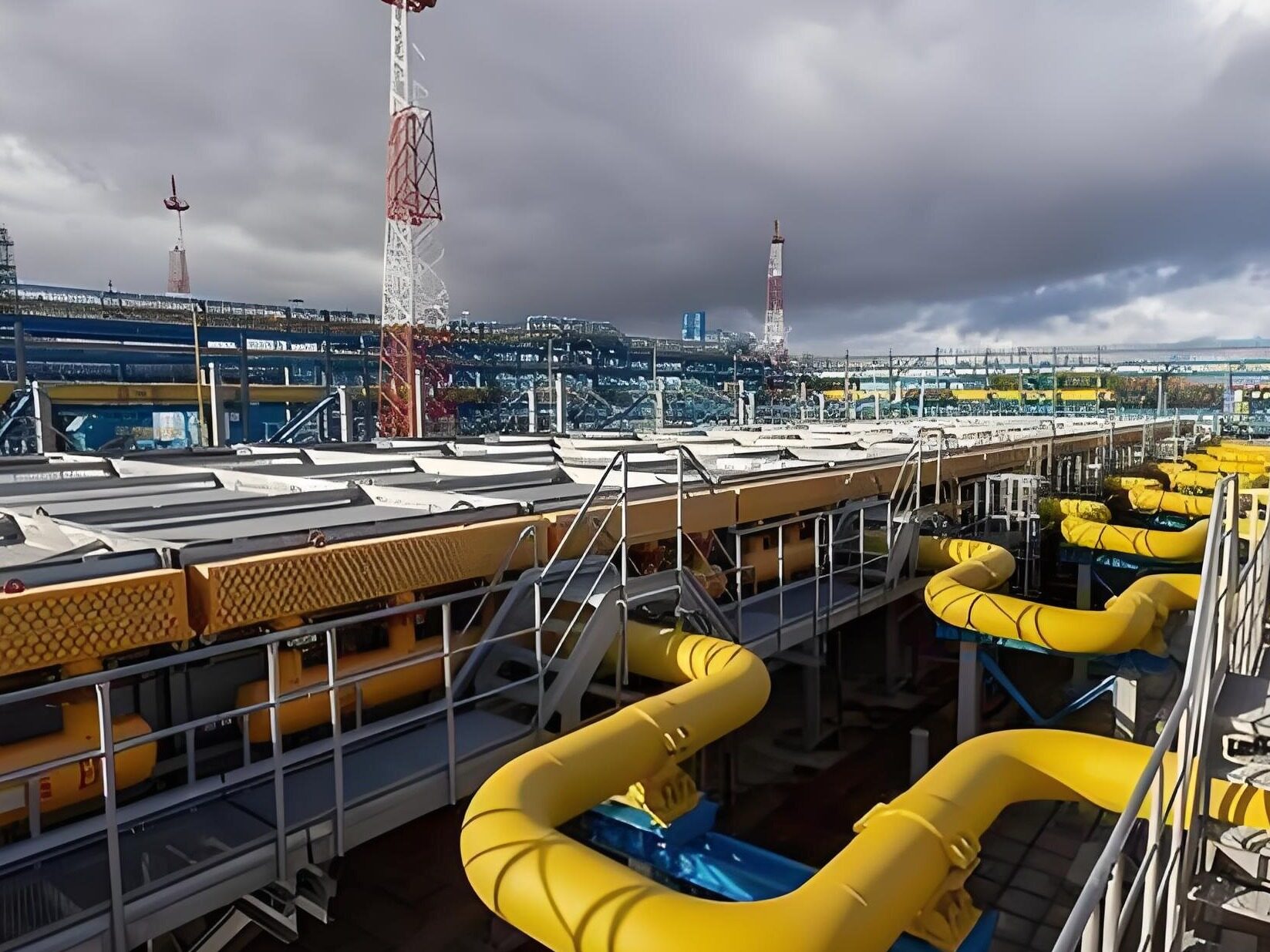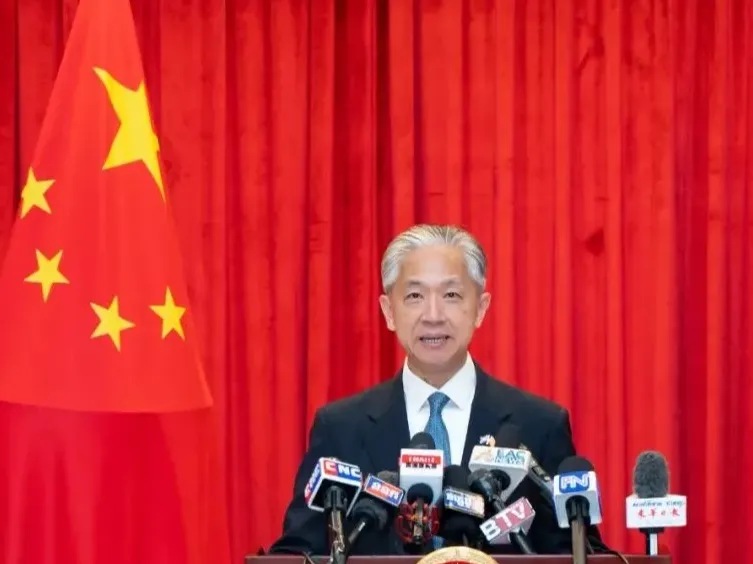- China's photovoltaic module production accounts for more than 3/4 of the world's total production, ranking first in the world

In recent years, the United States has continued to suppress China's photovoltaic industry under various pretexts. As a result, it has not only failed to restrict the development of China's photovoltaic industry as it wished, but has caused its own economic damage and slowed down energy transition. The differences among domestic parties on this issue have become increasingly prominent.
Continue to suppress but get slapped in the face
Recently, the U.S. House of Representatives and the Senate successively passed resolutions to cancel tariff exemptions for photovoltaic panels in Southeast Asia. If the resolution is finally passed by the White House, tariffs on solar panel imports from Southeast Asia could be as high as 254%. However, it is expected that US President Biden will not hesitate to use the presidential veto to veto the just-passed resolution on the grounds that imported products are cheaper and will help promote the US energy transition.

China's leading enterprises ensure production and stabilize the photovoltaic industry chain
Previously, the United States imposed tariffs on photovoltaic panels to Southeast Asian countries. The main reason is that Chinese photovoltaic companies have a large number of businesses in the region, and more than 80% of products exported to the United States by regional countries come from Chinese factories. In order to suppress China, the United States raised tariffs on Cambodia, Thailand, Malaysia and Vietnam. The analysis pointed out that, at present, the chaos in the United States is more than the suppression of other high-tech fields in China around whether to end the tariff exemption for the four Southeast Asian countries to restrict China's photovoltaic industry. Behind this is the entanglement and repeated struggle between the political demands of the United States to get rid of its dependence on China and the actual needs based on economic interests.

The United States has been suppressing China's photovoltaic industry for more than 10 years. As early as 2011, the U.S. Department of Commerce announced that China’s solar cells exported to the U.S. ( board) to launch anti-dumping and anti-subsidy investigations. For more than 10 years since then, the United States has continued to suppress China: in 2017, it announced the launch of a 301 investigation of Chinese companies; Four photovoltaic module manufacturers were blacklisted... However, to the disappointment of the United States, China's photovoltaic industry has not been defeated. On the contrary, after years of development, China now not only has a complete photovoltaic industry chain and technology, but also has the world's largest photovoltaic power generation scale. According to relevant German reports, the photovoltaic industry, which has huge benefits and cost advantages, has become the flagship of the Chinese economy. China is by far the largest PV market and dominates the global PV supply chain.
What makes the United States even more embarrassing is that the United States has never been able to get rid of its dependence on Chinese photovoltaic products. According to the statistics of PV Tech, an international photovoltaic information organization, there are 40 photovoltaic module manufacturers in the United States, of which only 12 can manufacture both batteries and modules, and 6 have the entire industrial chain. If the Chinese supply chain is to be eliminated, there are currently only 3 to 4 American companies that can not rely on China for key components.
What is the reason for not being able to succeed
Cui Shoujun, a professor at the School of International Relations at Renmin University of China, pointed out that in the past 10 years, the United States has tried every means to suppress China's photovoltaic industry from technology to raw material supply. But after every suppression, China's photovoltaic industry has been reborn from nirvana, and it has become bigger and bigger, with stronger competitiveness and industrial advantages. Why has the US's unilateral suppression of China's photovoltaic industry been unsuccessful?
Cui Shoujun believes that an important reason is that the Chinese government attaches great importance to addressing climate change and has introduced a series of policies and measures to vigorously support the healthy development of the photovoltaic industry. Over the years, the Chinese government has played an active role in promoting the development of the photovoltaic industry. Relevant departments continue to introduce policies and measures to support and standardize the development of the photovoltaic industry, and at the same time increase tax incentives, and give certain tax reductions and exemptions to photovoltaic companies' research and development, production, sales and other links, effectively guiding various types of capital to participate in the photovoltaic industry reasonably. In 2020, China clearly proposed the dual carbon goals of striving to achieve carbon peaking by 2030 and carbon neutrality by 2060, further pointing out the direction for companies to increase investment in the clean energy industry.
At present, China has formed the world's most complete photovoltaic industry chain from silicon materials, silicon ingots/rods/wafers, cells/modules, inverters to photovoltaic product applications. In the past two years, against the background of the global economic downturn, continuous technological innovation has made China's photovoltaic industry still perform well and become the main force to achieve the goal of carbon neutrality.
In terms of technology research and development, manufacturing and industrial application, China's photovoltaic industry is in a leading position in the world. The success of China's photovoltaic projects is largely due to its strong production capacity. A report released by the International Energy Agency last year pointed out that China is the most cost-competitive country for manufacturing all components in the solar photovoltaic supply chain, with costs 10% lower than India, 20% lower than the United States, and 35% lower than Europe.
Wang Zhenxiang, a researcher at the Shanghai Academy of Social Sciences, analyzed: From a global perspective, green and low-carbon development is the general trend, and all countries are accelerating the process of green transformation. After years of development, China has been at the forefront of the world in the field of green energy. Specific to the photovoltaic industry, China has mastered advanced and competitive technologies, and cooperation with China is the right choice in line with market demand. In order to suppress the development of China's photovoltaic industry, the United States has used political means to make mandatory adjustments to market demand, forcefully push for decoupling from China, artificially interfere with market behavior, and move against the trend. It does not conform to market laws and not only fails to achieve the desired suppression As a result, the United States itself will also pay the price, and it is destined to end in failure.
The United States' suppression of China's photovoltaic industry is unnecessary. For the United States, the development of the photovoltaic industry is the top priority in realizing low-carbon energy transformation, and it is wise to choose suitable Chinese products for import.
Encountering backlash and impacting the world
Cui Shoujun said that in the era of globalization, sanctions on a certain link of the industrial chain will inevitably be transmitted to other business entities upstream and downstream of the industrial chain. Without the participation of Chinese companies, it will be difficult for the global photovoltaic industry chain to operate normally, and the development of the United States' own photovoltaic industry will also be disrupted. The analysis pointed out that the global division of labor and multi-country cooperation are the inevitable laws of industrial development. The United States' practice of destroying the global industrial chain and supply chain on the grounds of national security is unpopular. Efforts to change create resistance, and eventually damage the development of its own photovoltaic industry.
The US Solar Energy Industries Association recently pointed out that if the two-year tariff exemption for the four Southeast Asian countries is cancelled, US solar developers may face a total of US$1 billion in retroactive tariffs. The decision could also result in the loss of more than 30,000 domestic jobs and $4.2 billion in domestic investment in the United States.
At present, about 3/4 of the photovoltaic modules in the United States are imported from Southeast Asian countries. If China continues to be suppressed, it will have an impact on the development of the United States' own photovoltaic industry chain. Cui Shoujun pointed out that after the Biden administration came to power, it formulated an ambitious clean energy development plan, saying that the United States is expected to triple its solar power generation capacity by 2024. However, it is obvious that it will be very difficult for the United States to realize the development of the photovoltaic industry chain without sinicization in a short period of time.
Imposing high tariffs on photovoltaic products is like running an Olympic sprint with a 20-pound weight strapped to your ankle as the United States tries to stop global warming, fight inflation and avoid recession. Solar energy costs in the US are among the highest in the world, largely due to US tariff policies. Far from helping U.S. manufacturing, the tariffs will only slow down the energy transition and hurt the U.S. economy.
As the United States restricts the import of solar panel products from China, the construction of its solar energy projects has been frozen, which has had a huge impact on the United States' ability to deal with climate change and the development of clean energy. Wang Zhen believes that the U.S.’s response to suppressing China’s photovoltaic industry is multifaceted: in terms of energy transformation, it is difficult to make up for the gap in reducing the import of photovoltaic products from China in a short period of time, and the pace of U.S. green energy transformation will be greatly slowed down. slow. In addition, the United States is forcing its allies to follow it to suppress China's photovoltaic industry, which has a great impact not only on the United States, but also on the development of low-carbon industries and new energy economies in Western countries. Editor/He Yuting
Comment
 Praise
Praise
 Collect
Collect
 Comment
Comment
 Search
Search














Write something~